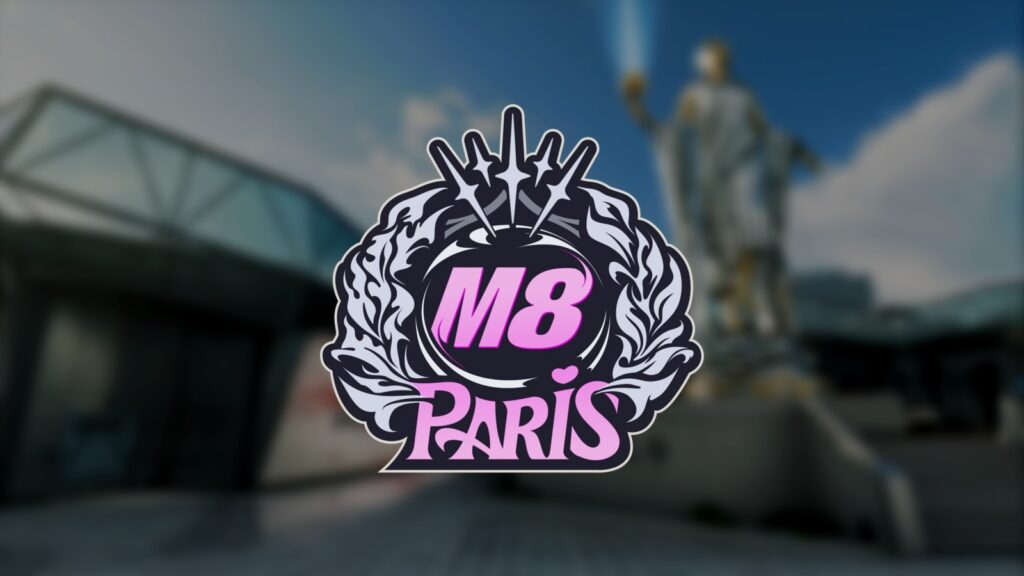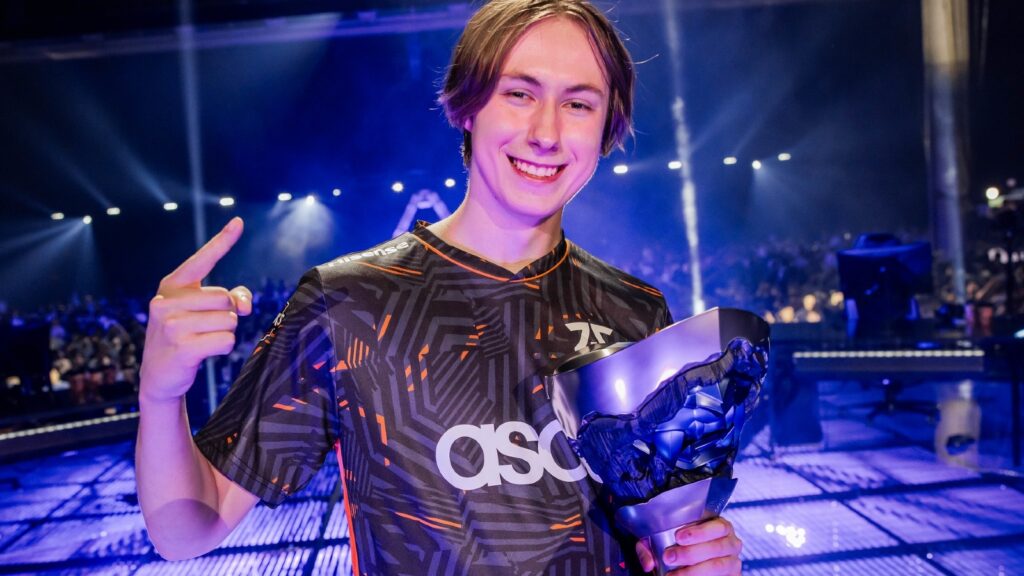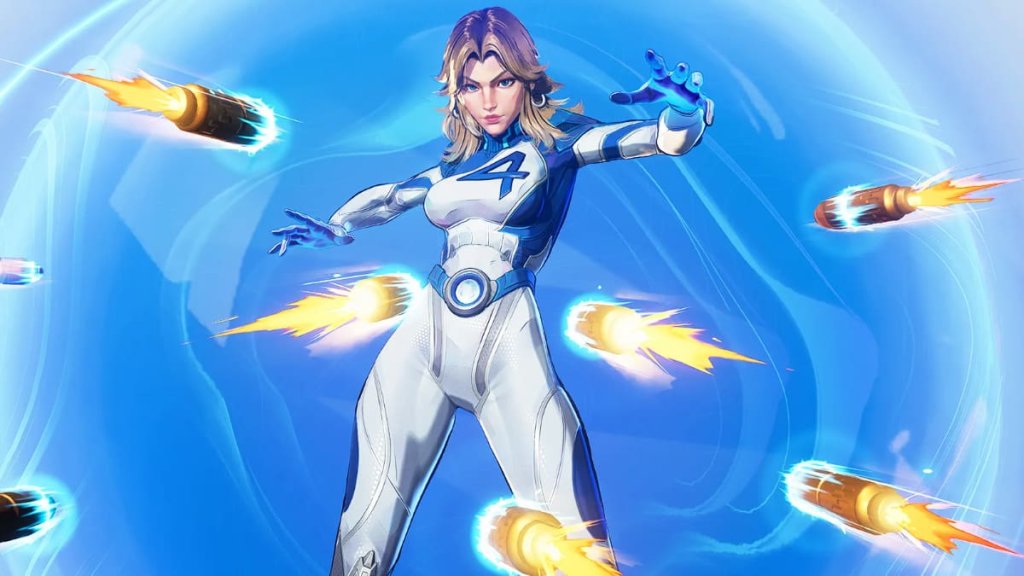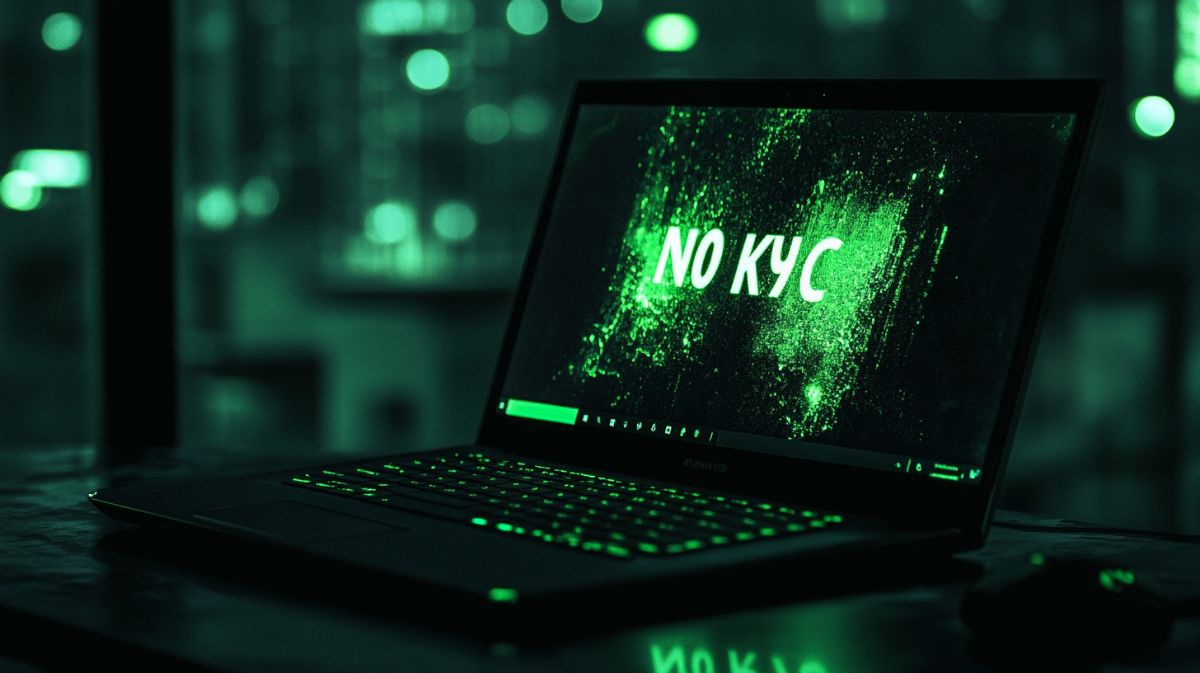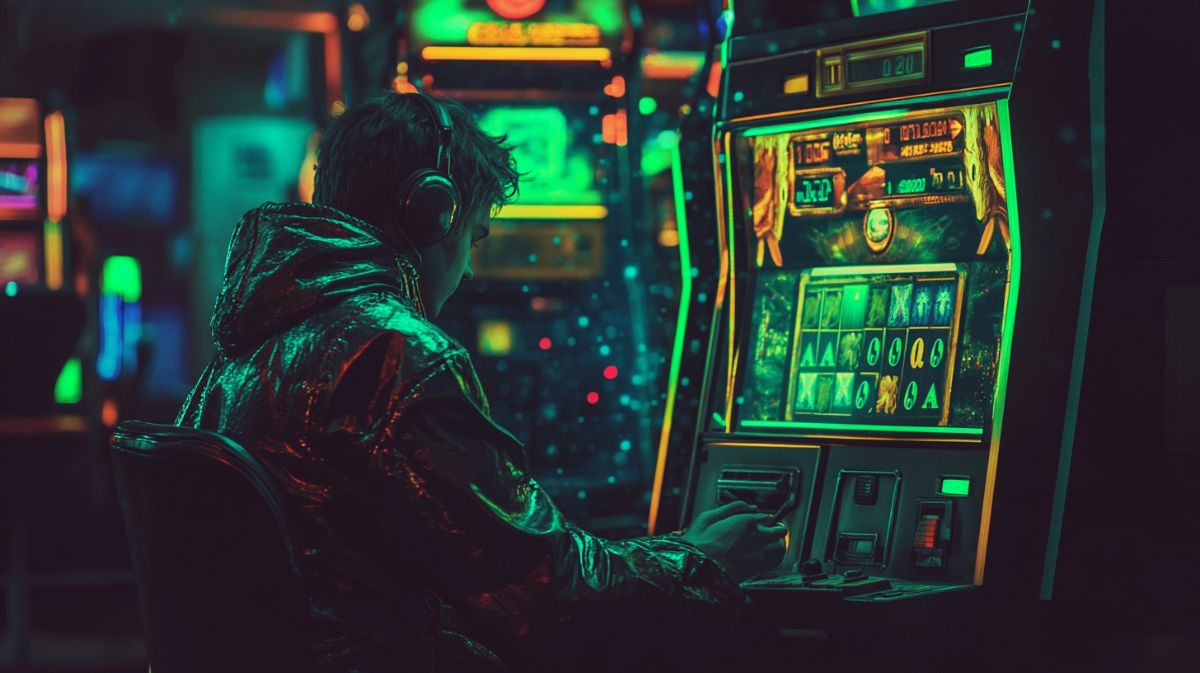What is the Accessory: Clothing Lines or Esports?
A lifestyle brand is a brand that attempts to sell the image of a group marketing the product to sell the product itself. In essence, it tries to convince the buyer that they can emulate or recreate the image of the seller by owning the product.
In esports, there are several teams and organizations that utilize their esports teams to serve as marketing faces for their brand. These teams use their popular and recognizable players to sell clothing or other apparel items. They attempt to convince fans that they are closer to their favorite players by owning the merchandise they are advertising.
100 Thieves No Camping Collection
7.18.20. 12 PM PT.https://t.co/8q3ChCqYeK pic.twitter.com/4G0pjuuQ2M— 100 Thieves (@100Thieves) July 15, 2020
What organizations market clothing lines?
Many esports organizations produce and sell branded merchandise. It’s often clothing and accessories to promote their label and brand.
One of the most notable examples is the organization 100 Thieves. The founder of 100 Thieves is Matt “Nadeshot” Haag, a former Call of Duty star and current YouTube celebrity. Haag built 100 Thieves to focus primarily not on championship teams and players but a marketable image. Haag wanted to create a brand culture that would draw in and maintain a fanbase loyal to the organization before the teams or players. It seemed to work. In the fall of 2019, 100 Thieves’ online merchandise drop sold out over $500 thousand worth of limited edition gear in five minutes.
A similar organization is FaZe Clan. In December 2019, FaZe Clan released three limited edition clothing lines. Each built on a marketable image for the brand. The FaZe x Champion Winter Collection featured new editions of clothing like hoodies that prominently featured the much-promoted FaZe Champion logo. The organization also paired another clothing line with their first female member and Fortnite star, Soleil “Ewok” Wheeler. Finally, Rapper and FaZe Clan investor, Offset established a collaboration with the team to create the Offset x FaZe Clan line of clothing.
Even newer organizations like Andbox, owners of the New York Excelsior in the Overwatch League, promote and sell out branded merchandise like the $500 SBB Collection bomber jacket.
Finally, Fnatic has taken merchandising and apparel to a whole new level. Over the past decade the organization has released everything from clothing lines to accessories to gaming peripherals and partnered in-game skins. At this stage, the FNC Shop regularly features over 80 articles and constantly updates new clothing lines and collections to their fans.
Game recognise game 🎙️🎮@Tekkz x @Not3sofficial x @HarryHesketh
— FNATIC (@FNATIC) October 12, 2020
How do clothing lines sales compare to franchised leagues success?
Many of these organizations are also in franchise leagues in various esports. In addition to the Overwatch League, Andbox owns a franchise alongside FaZe Clan in the Call of Duty League. 100 Thieves are involved in the League of Legends Championship Series. Fnatic is part of the European LEC league, while also employing dominant teams in both Dota 2 and CS:GO.
A franchise league spots reportedly sells from $10 to $25 million. With such massive investments, there is a significant risk of seeing a profitable return. At the very least, franchise leagues expect a three to 10 year period before they can begin to see a return on investment. Many of the leagues might not last the ROI period or the game they are built on might easily go out fashion.
Given that organizations must compete with others for viewership and fan attention, some may question whether the league draws more attention to the organization than maintaining their content creation and entertainment production.
Profitability is an incredibly important milestone for the LCS, and one they project to hit next year.
One of the areas of vast improvement across LoL esports has been sponsorship. It will be interesting to see if they go after media rights for 2021 too.https://t.co/SXyi79NVFC
— MonteCristo (@MonteCristo) June 19, 2020
Who is promoting who?
Esports are an effective way to allow newcomer gamers to become aware of major brands such as 100 Thieves and FaZe Clan. As these organizations have yet to become mainstream names purely through their merchandise, they must still rely on their roots in video games to attract new fans and buyers.
With esports teams and organizations pairing up with major mainstream luxury brands such as Louis Vuitton and Gucci, it is apparent that endemic esports organization’s clothing brands still have far to go before they can compete for the top of the apparel industry as they do for the esports industry. The merchandise drops and sales likely see more immediate profitable return than the massive investment into esports allows for teams and players. It would be more accurate to say that while esports provide more exposure for organizations, clothing brands are more immediately profitable.
We might witness a long term shift in the market, where esports brands become clothing brands and esports, music and technology are just a target audience and not the market itself.
Read next: Can Smash Ultimate Recover from 2020?
